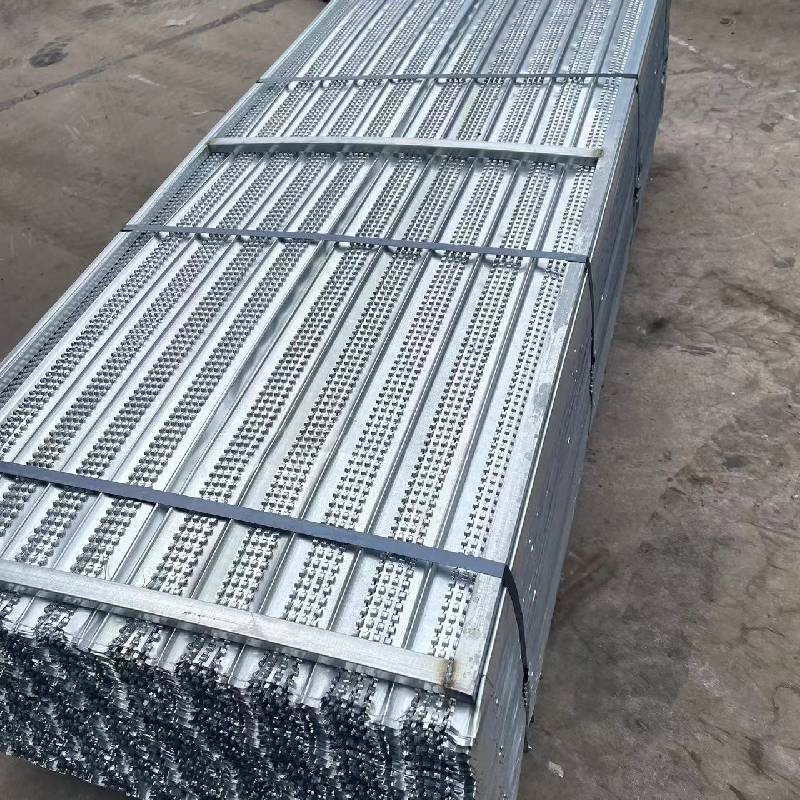
- Mobile Phone
- +8613931874955
- sales@cntcmetal.com
Durable and Versatile Galvanized Binding Wire for Various Construction and DIY Applications
The Versatility of Galvanised Binding Wire in Modern Applications
Galvanised binding wire is a highly versatile product that has gained immense popularity across various industries. Its robustness and resistance to corrosion make it an ideal choice for numerous applications ranging from construction and agriculture to manufacturing and arts and crafts. This article explores the features, benefits, and diverse uses of galvanised binding wire, shedding light on its importance in contemporary practices.
Galvanisation is the process of applying a protective zinc coating to steel or iron to prevent rusting. The result is a fine-binding wire that combines the strength of steel with the anti-corrosive properties of zinc. Typically available in different gauges, galvanised binding wire can be easily manipulated, twisted, and shaped, making it the perfect choice for a myriad of tasks.
Benefits of Galvanised Binding Wire
One of the primary advantages of galvanised binding wire is its superior durability. The galvanisation process allows the wire to withstand harsh environmental conditions without significant degradation. This feature is particularly beneficial in outdoor applications, where exposure to moisture and varying temperatures can lead to rust and fatigue in unprotected wires. Consequently, industries that require long-lasting materials often opt for galvanised options due to their reliability.
Another notable benefit is the wire's excellent tensile strength. Despite its lightweight nature, galvanised binding wire can support substantial loads, making it suitable for applications where sturdiness is required. From securing items to providing structural support, this wire provides a high level of performance without compromising on flexibility or ease of use.
Diverse Applications
galvanised binding wire

1. Construction Industry In construction, galvanised binding wire plays a critical role in reinforcing structures. It is commonly used to tie rebar in concrete applications, ensuring stability and integrity. Additionally, it serves as a reliable fastening solution for formwork and scaffolding, making it indispensable for builders and contractors.
2. Agriculture Farmers and gardeners utilize galvanised binding wire extensively. It can be employed for trellising plants, securing fencing, and providing support for various agricultural structures. Its resistance to rust and corrosion ensures long-lasting performance in outdoor settings, which is crucial for maintaining farm productivity.
3. Manufacturing and Fabrication In the manufacturing sector, galvanised binding wire is widely used for assembling components and creating wire products. It serves well in making wire baskets, mesh products, and other custom designs, owing to its strength and manipulability. Moreover, it is often used in packaging and bundling materials to keep products secure during transport.
4. Arts and Crafts The creative sector also benefits from galvanised binding wire. Artists and crafters utilize it to create sculptures, jewelry, and other artisanal products. The wire's ability to retain shape while being easily shaped allows for a diverse range of artistic expressions, making it a favourite among DIY enthusiasts.
Conclusion
Galvanised binding wire embodies a unique blend of strength, durability, and versatility, making it a staple in multiple industries. Whether in construction, agriculture, manufacturing, or artistic endeavors, its applications are wide-reaching and invaluable. As technology progresses and industries adapt to new challenges, the importance of galvanised binding wire is poised to grow, affirming its position as an essential material in the modern world. As such, it represents not just a utilitarian tool, but a testament to the innovative spirit of contemporary applications.
share:
-
Your Source for Concrete Wall Ties and Masonry AccessoriesNewsJul.10,2025
-
Unlocking the Power of Iron Wire for Every ProjectNewsJul.10,2025
-
Explore Advanced Chain Wire and Stainless Steel Mesh FencingNewsJul.10,2025
-
Discover the Benefits of Annealed Wire ProductsNewsJul.10,2025
-
Discover China Stainless Steel Wire Mesh SolutionsNewsJul.10,2025
-
Build with Confidence Using High-Performance Masonry AccessoriesNewsJul.10,2025
-
Why Sacrificial Formwork Is Redefining Underground ConstructionNewsJun.06,2025



















